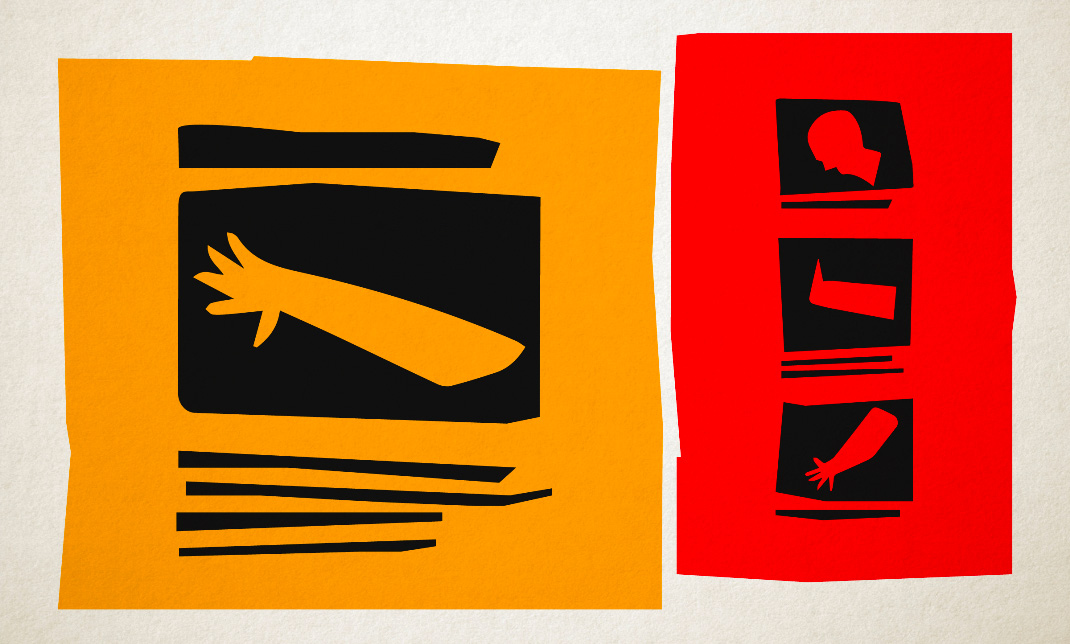Imitation is the Sincerest Form of Failure
4 min read
If I had a dollar for every client that has asked to expressly copy or at least imitate the digital products made by Amazon, Apple, Google, and other online giants, I’d have a lot of dollars. That life-size, fully functional LEGO Ferrari would already be mine.
Actual client quotes:
- “I’d like my mobile site to look like Apple’s iPhone page.”
- “Make checkout just like Amazon.”
- “I want it to look just like the new Gmail.”
Yes, clients have said these things to me. When this happens, I am tempted to respond, “Would you also like this app to poach your eggs? Perhaps it will formulate the grand unified theory of quantum gravity. When you have as many daily visitors as Amazon, we’ll talk.” As much as I enjoy sarcasm, I offer patient professionalism. It ain’t always easy.
Copying won’t solve your problem.
We’re surrounded by digital products and services, inundated by them. Some are pretty darn impressive. It comes as no surprise that entrepreneurs and business leaders want to imitate their favorites. They see what they like and want it for themselves. They believe copying will ensure success.
This is partly because most people (particularly entrepreneurs and business leaders) are not user experience experts. They don’t know how to make stellar apps from scratch or how to fix bad ones. Absent a vocabulary to describe exactly what they want, they look to the big dogs. “Apple does great things. I love Apple. Let’s do what Apple is doing.” They don’t always phrase it like this, but the sentiment is unmistakable. You might be tempted to do the same.
Be David, not Goliath.
The problem is glaringly obvious. You are not Amazon. You are not Apple. You are not Google. You are not even Blurb.
These firms, Blurb excepted, are huge multinational behemoths. They define entire industries, serve global audiences, and employ hosts of lobbyists. They have armies of product and service strategists, designers, and developers. They have whole divisions paid to fail, working on projects that will never see the light of day.
What works for them won’t necessarily work for you. Their problems are not your problems. Their budgets are not your budgets. Their users are not your users.
No, you can’t have navigation like Amazon (and really you shouldn’t). No, you can’t look like Apple. Johnny Ive doesn’t work for you. No, your app should not be as feature-rich as Gmail, Chrome, or anything else Google makes. These online powerhouses evolve their unique interfaces through painstaking trial and error. They have done what works for them, as have hundreds and hundreds of smaller organizations. You are different.
Don’t copy that cat.
Feel free to follow usability best practices. You won’t go wrong. But replicating your favorite sites or apps, even those made by wonderfully inspiring firms, is folly. It’s also strategically empty and intellectually lazy.
Borrowing interface features from these companies will backfire. The result will never be as good as you envision. The stolen copied feature won’t work for your site or app. How can it, when it was made for another organization?
Worse, you may be imitating someone else’s mistake. The company you followed will fix it in time, but you’ll be stuck with it. You’ll waste time and money and achieve the exact opposite of what you intended.
Do what works for your site or app.
Fortunately, the solution to interface copying is exceedingly easy. Stop doing it.
Your app, site, or software product is your own. You have unique ideas, challenges, users, and strategy. Focus on these distinct things. Ponder them. Ask your questions and you will find your answers. Besides, it’s more fun and interesting this way. We already know how Google has answered Google’s questions.
If you want your app, site, or software product to be uncommonly excellent, identify your users and learn about them. Spend time with them. Show them ideas and prototypes. You’ll soon be awash in relevant ideas for your product or service. Your real challenge will become narrowing your options. At that point, you won’t need to copy anyone else. You won’t even want to.
So dare to be great. Dream big. Make your site or app the best it can be. Just don’t start by imitating organizations radically unlike yours. That includes Blurb.





